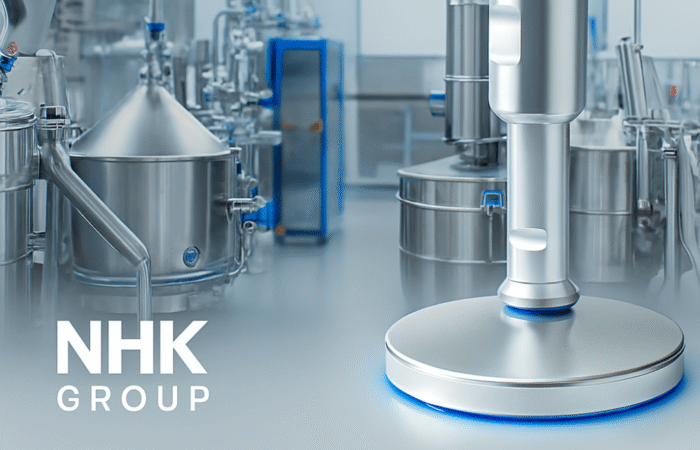
Everything You Want to Know About EHEDG Certification
The European Hygienic Engineering and Design Group (EHEDG) certification is a significant credential in the food and pharmaceutical industries. It ensures that equipment and processes meet stringent hygienic design standards to ensure product safety and quality. This article delves into the details of EHEDG certification, its importance, benefits, and real-world case studies demonstrating its impact. EHEDG is a consortium of equipment manufacturers, food industries, research institutes, and public health authorities. Its primary aim is to promote hygienic design in the processing and packaging of food products. EHEDG certification signifies that equipment complies with these hygienic standards, ensuring it is safe for use in food production environments. EHEDG certification is crucial for several reasons: A leading dairy manufacturer implemented EHEDG-certified equipment to address contamination issues in their production line. The certification process involved redesigning their pasteurization equipment to eliminate hard-to-clean areas. As a result, the company saw a 40% reduction in cleaning time and a significant decrease in microbial contamination, ensuring safer products for consumers. A beverage company sought EHEDG certification to improve the hygiene of their bottling process. By integrating EHEDG standards, they redesigned their bottling equipment to include smoother surfaces and fewer crevices. This led to a 30% increase in production efficiency and a 50% reduction in product recalls due to contamination. In the meat processing industry, a company faced frequent contamination issues. Adopting EHEDG-certified equipment allowed them to streamline their processes, particularly in the handling and packaging stages. The hygienic design reduced bacterial buildup, leading to longer product shelf life and a 25% drop in spoilage rates. A pharmaceutical company required stringent hygiene standards for their production of sterile products. By obtaining EHEDG certification, they ensured their equipment met the highest hygienic design standards. This certification not only improved their compliance with regulatory requirements but also enhanced their product quality, leading to increased market trust and a 20% rise in sales. EHEDG certification is a critical component for companies in the food and pharmaceutical industries aiming to maintain high standards of hygiene and safety. It offers numerous benefits, including enhanced safety, compliance, and market access. The real-world case studies highlighted in this article demonstrate the tangible improvements and efficiencies that can be achieved through EHEDG certification.EHEDG certification is a significant credential
What is EHEDG Certification?
Key Components of EHEDG Certification
Importance of EHEDG Certification
Benefits of EHEDG Certification
Case Studies
Case Study 1: Dairy Industry
Case Study 2: Beverage Production
Case Study 3: Meat Processing
Case Study 4: Pharmaceutical Industry
EHEDG Certified 3a ssi standard components | Order | NHK Machinery Parts


Contact













